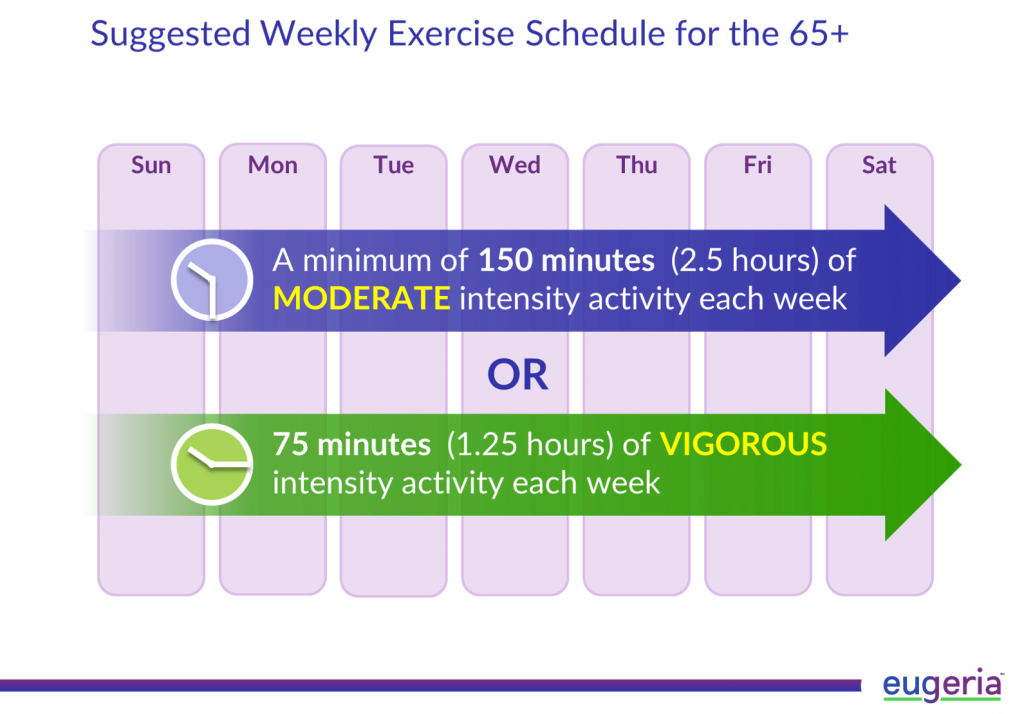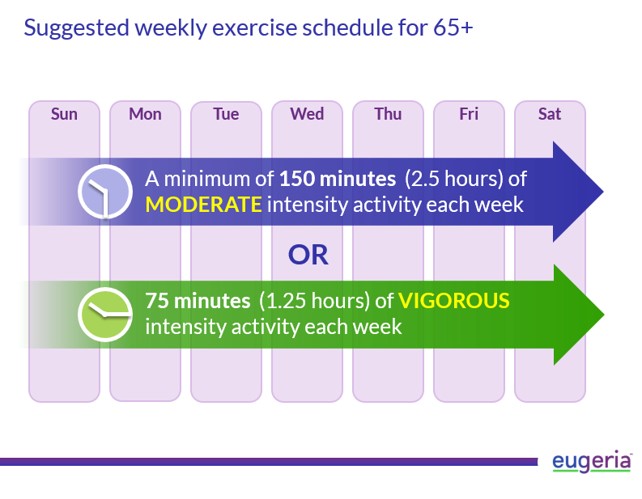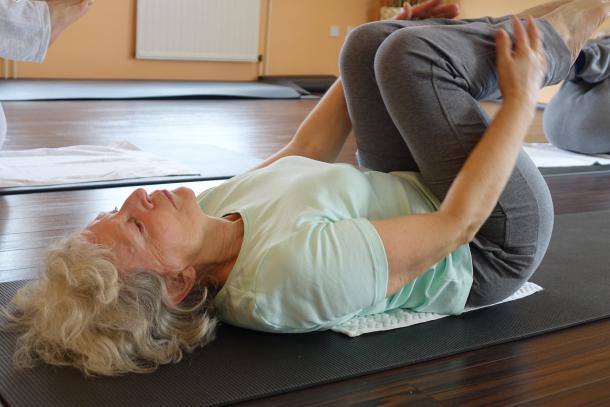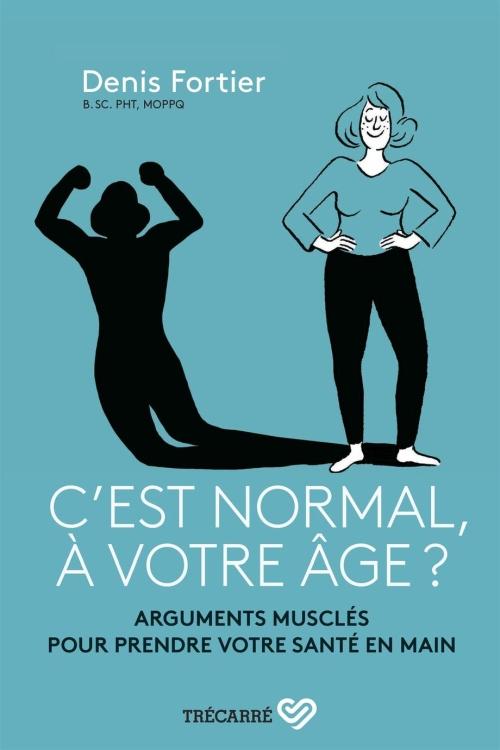
Recommended Exercises for the Elderly, the Right Way to Stay Active!
Exercise is as important to our health as a good diet. Canada’s Food Guide outlines recommendations to help people make healthy food choices based on their age. But are there similar guidelines for how much exercise is needed for specific age groups? The answer is yes: The Canadian Physical Activity Guidelines. This document gives information for all age groups, including for those aged over 65.
Still, we may wonder: what are the types of exercises we should be doing? Are some exercises better than others? How much exercise should we be getting in a week? And can some exercises reduce the risk of falling? We’ve prepared a list of Q&A’s to help guide you in planning a personal physical activity program.
Question 1: Is It Recommended to Stay Active as we Age?
Yes, absolutely! Research has shown that being physically active benefits all people, regardless of age. In fact, the World Health Organisation (WHO) suggests physical activity is linked to lower rates of falls, strokes, diabetes, hypertension, coronary heart disease, and certain cancers. The WHO also links muscular fitness, healthier BMI, better bone density, lower risk of falls, and better cognitive functioning to good physical activity.
Unfortunately, people aged 65 and over are the least likely of any age group to get enough exercise. While some adjustments may be needed, older adults should remain active to the best of their ability.
Question 2: What Is the Recommended Weekly Amount of Exercise for People 65+?
The WHO and the Canadian Physical Activity Guidelines suggest that people aged 65+ should get a minimum of 150 minutes of moderate intensity activity or 75 minutes of vigorous intensity activity each week. Time spent doing moderate or vigorous physical activity should be stretched over the week (3 days a week helps achieve better results), rather than doing 150 minutes or 75 minutes all at once. This also helps ensure that you are not overdoing it and hence reducing the risk of injury or tiredness.
Still, we may wonder: what are the types of exercises we should be doing? Are some exercises better than others? How much exercise should we be getting in a week? And can some exercises reduce the risk of falling? We’ve prepared a list of Q&A’s to help guide you in planning a personal physical activity program.
Question 1: Is It Recommended to Stay Active as we Age?
Yes, absolutely! Research has shown that being physically active benefits all people, regardless of age. In fact, the World Health Organisation (WHO) suggests physical activity is linked to lower rates of falls, strokes, diabetes, hypertension, coronary heart disease, and certain cancers. The WHO also links muscular fitness, healthier BMI, better bone density, lower risk of falls, and better cognitive functioning to good physical activity.
Unfortunately, people aged 65 and over are the least likely of any age group to get enough exercise. While some adjustments may be needed, older adults should remain active to the best of their ability.
Question 2: What Is the Recommended Weekly Amount of Exercise for People 65+?
The WHO and the Canadian Physical Activity Guidelines suggest that people aged 65+ should get a minimum of 150 minutes of moderate intensity activity or 75 minutes of vigorous intensity activity each week. Time spent doing moderate or vigorous physical activity should be stretched over the week (3 days a week helps achieve better results), rather than doing 150 minutes or 75 minutes all at once. This also helps ensure that you are not overdoing it and hence reducing the risk of injury or tiredness.

Spreading exercise over smaller increments of time (10-15 minutes of aerobic exercise for example) is also beneficial, as long as it adds up to the weekly recommendation. If you are unable to meet the minimum requirements due to physical limitations or illness, the amount of time spent engaging in activities should be adapted to your abilities. It is important to take precautions under the direction of a doctor or healthcare provider, particularly if you have been diagnosed with a cardiovascular disease or diabetes.
What everyone must keep in mind is that the intensity of activity is relative: An older adult that used to run 4 marathons a year will find a run of 5 km 3 times a week an adequate amount of exercise, whereas the senior who is suffering from cardiac disease might find a 20-minute walk 3 times a week an adequate amount of exercise. You should adapt the level of exercise you do to what is right for you!
Question 3: What are the types of exercise?


Question 4: Can anything be done to reduce the risk of falls?
Yes. Older adults, who regularly engage in activities that promote Balance, can reduce their risk of falls. If someone you love has difficulty walking, or has fallen in the past, they are at greater risk for future falls. It is recommended that those with poor mobility should engage in physical activities that focus on improving balance at least 3 days a week.
Question 5: Where can I start, and where I get help in finding the right exercise?
If you or your loved one has never exercised before, you can start with unstructured physical activity (walking, hiking, gardening, etc.). Government programs also exist to keep older people active and improve balance. We have gathered many of these services here. If you or your loved one have more particular needs, a physiotherapist is the best person to tailor a program of exercise to meet your specific requirements.
To learn more
- For exercising in the COVID-19 pandemic context, check out this article:
- To learn when to worry about falls, read our article:
- To understand the main risk factors of falls, have a look at our article:














